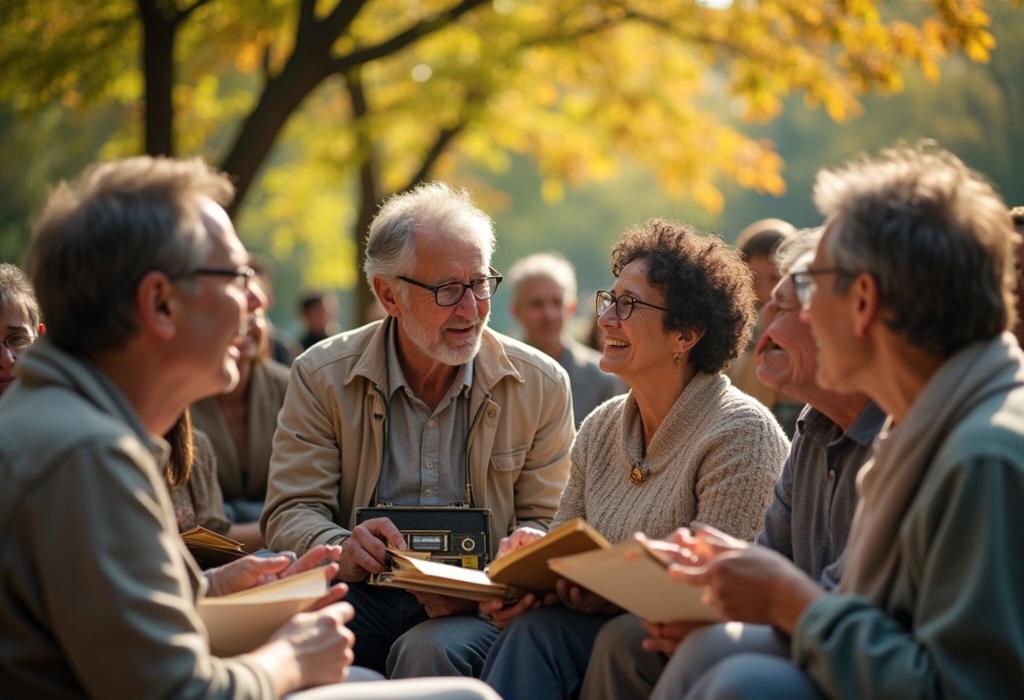For more details on this content, please review the step-by-step guide and frequently asked questions.
The Role of Skara Brae in Human History

Step-by-Step Guide
Introduction to Skara Brae
Skara Brae is a well-preserved Neolithic village located on the Orkney Isles of Scotland. It dates back to around 3100 BC and provides insights into the lives of early humans, their social organization, and their connection to the environment.
Discovery of Skara Brae
The village was uncovered in 1850 due to a severe storm that stripped away a layer of sand, revealing the ancient settlement. Archaeologists began extensive excavations, which led to the preservation of several structures.
Architecture and Layout
Skara Brae consists of eight stone-built houses with interconnected passages. Each house features furniture made from stone, including beds, dressers, and storage areas, showcasing the advanced craftsmanship of the inhabitants.
Daily Life in Skara Brae
Evidence of daily life within the village includes tools for farming, weaving, and fishing, indicating a well-established community engaging in agriculture and trade, which was crucial for its survival.
Social Structure and Community
The layout of Skara Brae suggests a communal lifestyle. Houses are built close together, reflecting a society that valued cooperation. Storage facilities for food indicate a shared system of resource management.
Religious and Spiritual Practices
Artifacts such as carved stone objects hint at spiritual or religious practices. The people of Skara Brae likely held beliefs that connected them to the landscapes and natural phenomena surrounding them.
Agriculture and Economy
Analysis of agricultural tools and remains indicates that the villagers practiced farming, growing crops such as wheat and barley. Their economy likely relied on both agriculture and fishing to sustain the community.
Trade and Resources
Skara Brae's strategic location suggests that it was part of a trade network, exchanging goods such as animal hides, pottery, and food with other communities across the Orkneys and beyond.
The Decline of Skara Brae
By around 2500 BC, the village was abandoned. Theories about this decline include climate changes, soil depletion, or the movement of populations towards more fertile lands.
Modern Archaeological Significance
Today, Skara Brae is a UNESCO World Heritage Site, attracting researchers who study prehistoric human life and culture. Its preservation is vital in understanding the evolution of human settlements.
Impact on Understanding Neolithic Society
Skara Brae has significantly impacted the study of neolithic societies by providing tangible evidence of domestic life, social structure, and community organization during the prehistoric era.
Educational Importance
The site serves as an educational resource, helping students and researchers gain insight into early human history, archaeological methodologies, and environmental adaptations.
Conservation Efforts
Efforts to conserve Skara Brae include maintaining the integrity of the site against the elements and promoting responsible tourism to support its preservation while educating the public.
Cultural Legacy
The legacy of Skara Brae influences modern culture, inspiring literature, art, and architecture. It reminds us of the ingenuity and resilience of our ancestors in shaping human history.
Conclusion: The Enduring Fascination of Skara Brae
Skara Brae offers a glimpse into our past, showcasing the characteristics of early human civilization and emphasizing the importance of archaeological sites in understanding human history.








